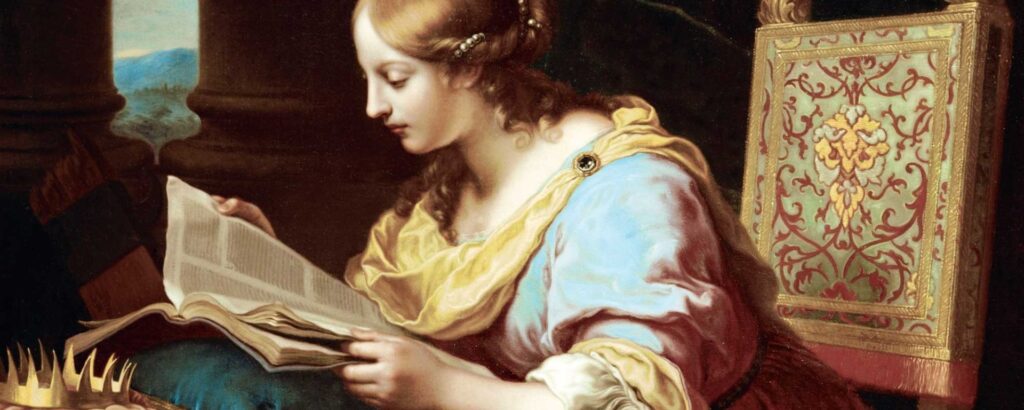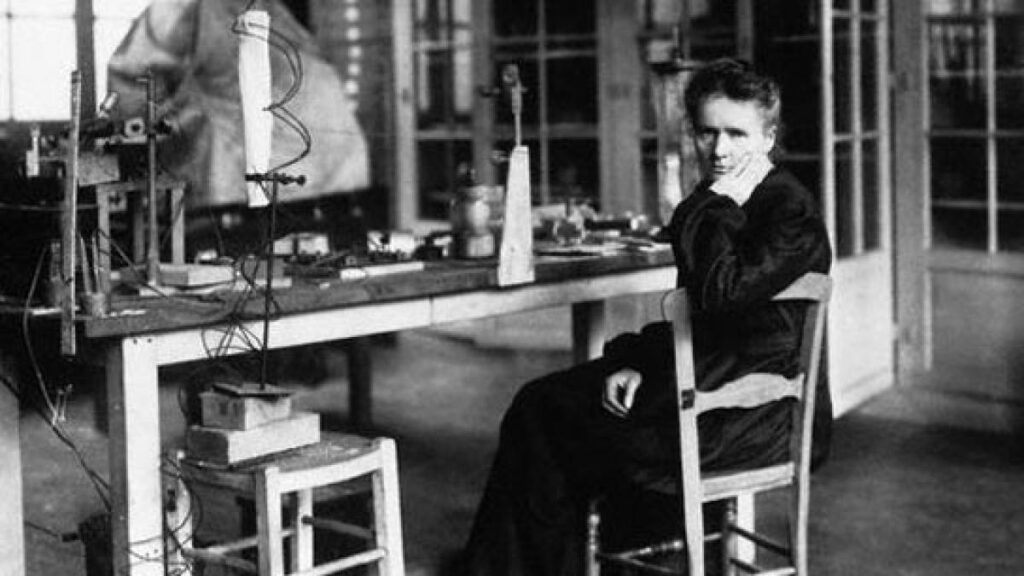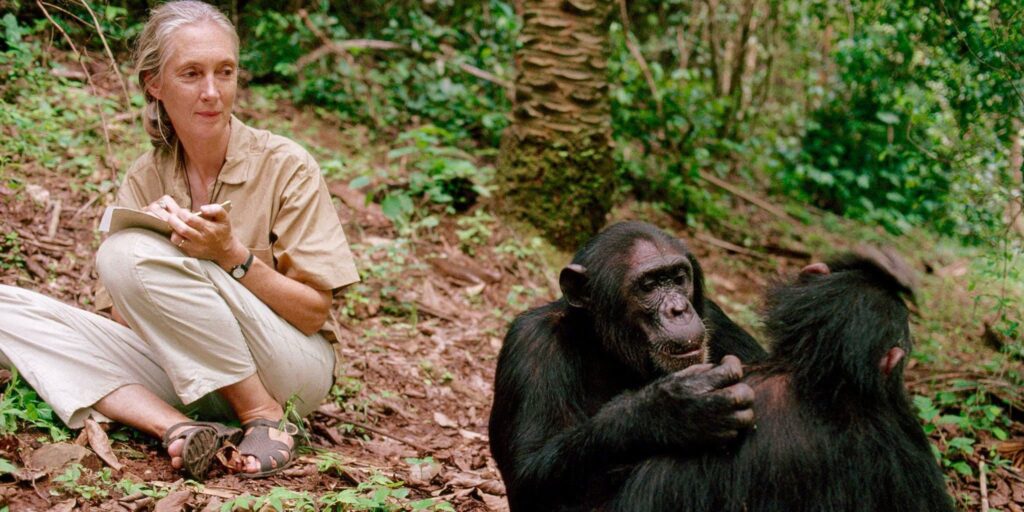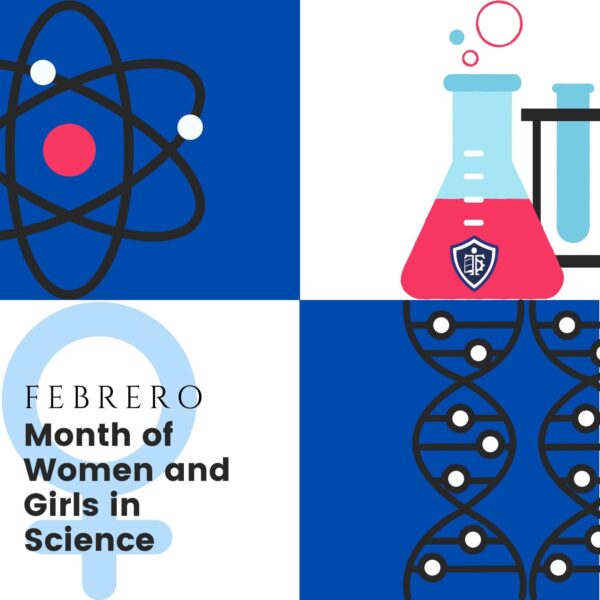CARACTERÍSTICAS DEL ESPACIO DE TRABAJO IDEAL
CARACTERÍSTICAS DEL ESPACIO DE TRABAJO IDEAL Todo alumno se plantea unas metas académicas al comienzo de cada curso, que pueden ir variando a lo largo
At TutorASAP we want to celebrate the month of February by remembering the great female icons of science, all those women who made history thanks to their contribution to science, although in their time it was very difficult because they were not very well regarded for being women.
One of the things we are proud of at TutorASAP is to always support our students, motivate them and tell them that they are capable of anything. Many of our students are and will be great scientists and will make history, just as these have done.
In addition, to celebrate this scientific month in style, TutorASAP is launching its promotion…
HYPATIA OF ALEXANDRIA (370-415)
As her name suggests, Hypatia, a native of Alexandria, was a scientist and expert in mathematics, philosophy and astronomy. Known for inventing the hydrometer and making astronomical maps, she was the teacher of many wealthy and influential families of the time. She made a name for herself, so much so that radical religious Christians did not tolerate her “lack of religiosity”, leading to her assassination in 415. Despite her brutal end, she always marked a before and after, leaving her legacy as a woman in science.

CAROLINE HERSCHEL (1750 – 1848)
Caroline Herschel was an English scientist who studied science and was discovered by her brother, the astronomer to the then King of England. Thanks to this, Caroline became a splendid astronomer, totally out of the ordinary, because she also discovered new nebulae and star clusters. She was the first woman to discover a comet, the first woman whose work was published by the Royal Society and the first British woman to start being paid for her scientific work.
SOPHIE GERMAIN (1776-1831)
French mathematician and physicist, forerunner of the theory of elasticity that laid the foundations for years of later study. She was never admitted as an academic, but she was always working and making her contribution to physics, producing invaluable work unworthy of her time.
ADA LOVELACE (1815-1852)
She gave the keys to process the first algorithm in a machine, and was an extremely important part of the development and birth of computers. Her idea was that machines should fulfil functions beyond mere calculations and mathematical formulae. She is considered the world’s first programmer, although she never built a machine herself.
MARIE CURIE (1867-1934)
Her legacy is history. Curie, a Polish national, was one of the greatest geniuses of radioactivity, being one of the pioneers in the study of radiation. In her work she discovered two elements, radium and polonium. She is probably the best known name on the list because she won two Nobel prizes, one for physics in 1903, and eight years later, in 1911, for chemistry, making her the first person to receive two prizes in different categories and the first woman in history to receive this type of prize.
She was a role model for women at the time, and today. Her own daughter also dedicated her life to science and also won a Nobel Prize in chemistry.

LISA MEITNER (1878-1968)
Did you know that Meitner was the originator of nuclear fission? The Australian physicist discovered that bombarding uranium with neutrons could cause a massive explosive chain reaction. She calculated the energy released in nuclear fission and coined the term. However, the great controversy surrounding this discovery is that she gave all the credit to her co-worker Otto Hahn, who went on to receive a Nobel Prize in 1944. A controversy that still rages today and criticises the criteria of the time for discrediting women in science – discredited at the time by the Nobel Committee.
BARBARA MCCLINTOCK 1902-1992
A medical specialist, McClintock specialised in cytogenetics: she studied the chromosomes of maize to discover fundamental genetic ideas, such as genetic recombination during meiosis. For years he demonstrated certain trends in the genetic information of the plant, developing theories that at the time were not very credible to the rest of the scientific community. It was not until 20 years later that researchers proved and accredited her theories. Thanks to this, the scientist won the Nobel Prize in Medicine in 1983, the only woman in history to win this prize without sharing it with someone else.
Discover interesting science websites about McClintock:
-BARBARA MCCLINTOCK: AGAINST THE GENETIC GRAIN
–Meet Barbara McClintock, who used corn to decipher ‘jumping genes’
GRACE HOPPER 1906-1992
An American engineer and naval officer, Hopper was the first developer of a compiler for a computer language, creating one of the first modern programming languages, COBOL.
ROSALIND FRANKLIN (1920-1958)
Franklin made a major contribution to biophysics, discovering the structure of DNA, helping to understand how genetic information is passed from generation to generation.
The English biophysicist used the technique “X-ray diffraction” to see the shape of the molecule, a double helix of atoms. According to the story, after obtaining the image, two of her fellow scientists saw the image and from there they built the DNA model, although she claims that they saw it without her permission or knowledge. Thus, they won the Nobel Prize for this discovery.
MARGARITA SALAS (1938 – 2019)
She was one of the most notable Spanish scientists. She worked for years at New York University, focusing her research on the field of molecular biology. One of her main contributions to science was the discovery of DNA polymerase, responsible for DNA replication.
JANE GOODALL (1934)
Jane Goodall has been one of the world’s most prestigious primatologists. This scientist has been the world’s leading expert on chimpanzees: for more than 45 years she studied the interactions of this species and discovered that they could have individual personalities, rational thoughts and feelings. Always a staunch defender of the environment and its protection, she has received numerous awards for her ecological and humanitarian work.

JOCELYN BELL BURNELL (1943)
This Irish scientist is credited with the discovery of the first pulsar radio signals. Until a few years ago Bell was president of the Institute of Physics in England.
ELIZABETH BLACKBURN (1948)
This Australian scientist with a PhD in molecular biology won a Nobel Prize in Medicine in 2009 for discovering telomerase. This enzyme lengthens telomeres and directly influences the lifespan of cells. Her research on telomerase has contributed to the study of cancer therapies.
FLORA DE PABLO (1952)
Spanish scientist known for her research into cell processes: proliferation, differentiation, competition and cell death. In addition to being a major contributor to the world of science, she is also a major contributor to the fight for women’s equality and specifically for women scientists and researchers.

CARACTERÍSTICAS DEL ESPACIO DE TRABAJO IDEAL Todo alumno se plantea unas metas académicas al comienzo de cada curso, que pueden ir variando a lo largo
Tips for IB exam retakes Follow these tips to get you back on track for your International Baccalaureate exams. At TutorASAP we know that exam
Study methods for the start of the school year Get off to a good start in the academic year by keeping up to date with
Tips for A-Levels retake exams Follow these tips to get you back on track for the UK Baccalaureate exams British Baccalaureate Facing make-up exams can


Esta web utiliza cookies para que podamos ofrecerte la mejor experiencia de usuario posible. La información de las cookies se almacena en tu navegador y realiza funciones tales como reconocerte cuando vuelves a nuestra web o ayudar a nuestro equipo a comprender qué secciones de la web encuentras más interesantes y útiles.
Al pulsar “Guardar cambios”, se guardará la selección de cookies que hayas realizado. Si no has seleccionado ninguna opción, pulsar este botón equivaldrá́ a rechazar todas las cookies.”
Al pulsar "Activar todo" podrás disfrutar de la web sin problemas con los vídeos de youtube u otros que necesiten cookies para su total funcionamiento.
Strictly Necessary Cookie should be enabled at all times so that we can save your preferences for cookie settings.
If you disable this cookie, we will not be able to save your preferences. This means that every time you visit this website you will need to enable or disable cookies again.
This website uses Google Analytics to collect anonymous information such as the number of visitors to the site, and the most popular pages.
Keeping this cookie enabled helps us to improve our website.
Please enable Strictly Necessary Cookies first so that we can save your preferences!
This website uses the following additional cookies:
(List the cookies that you are using on the website here.)
Please enable Strictly Necessary Cookies first so that we can save your preferences!